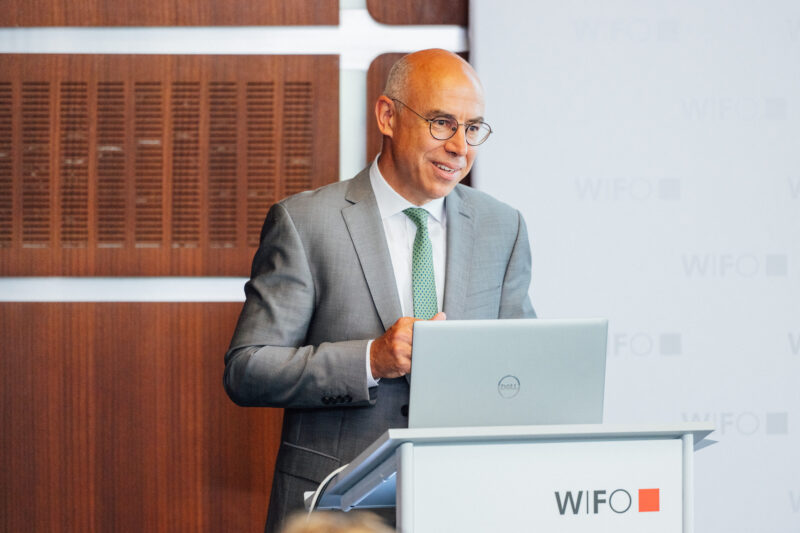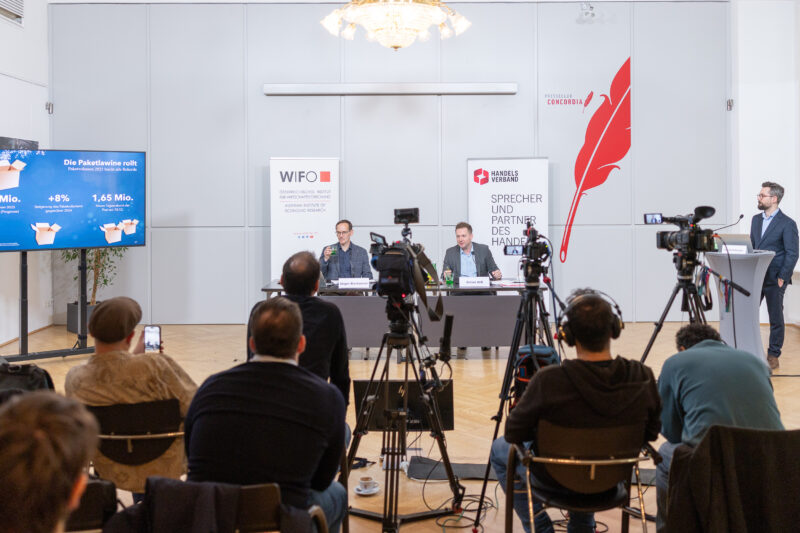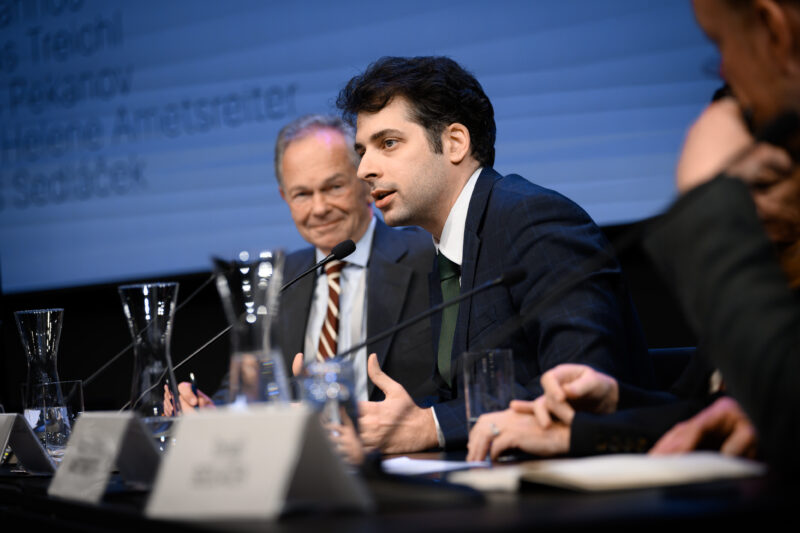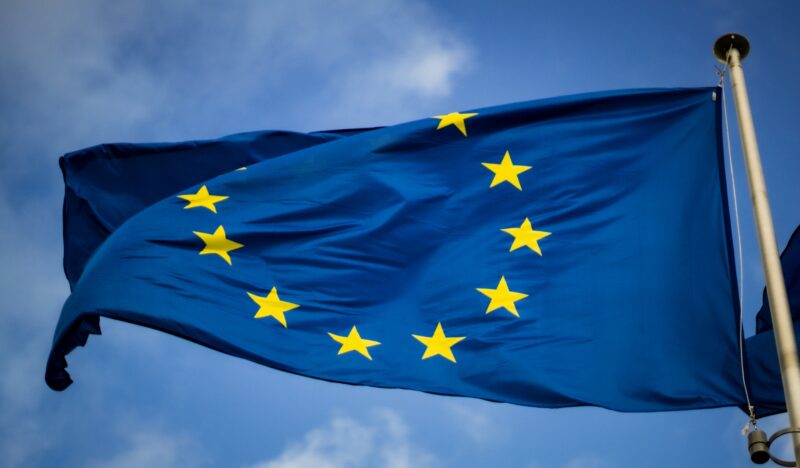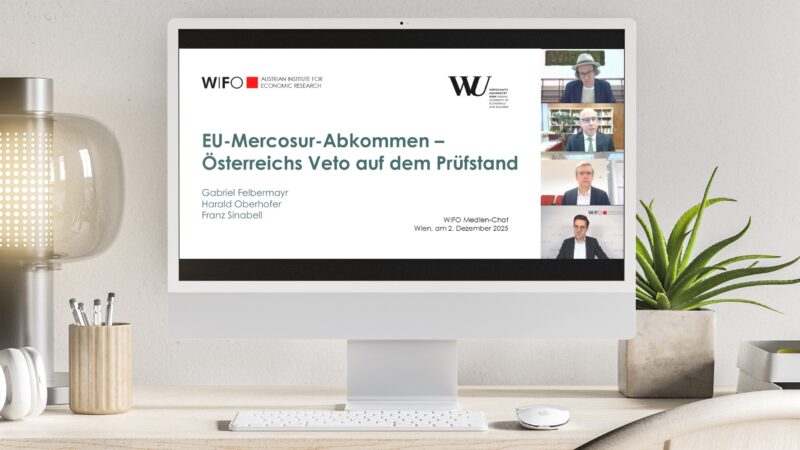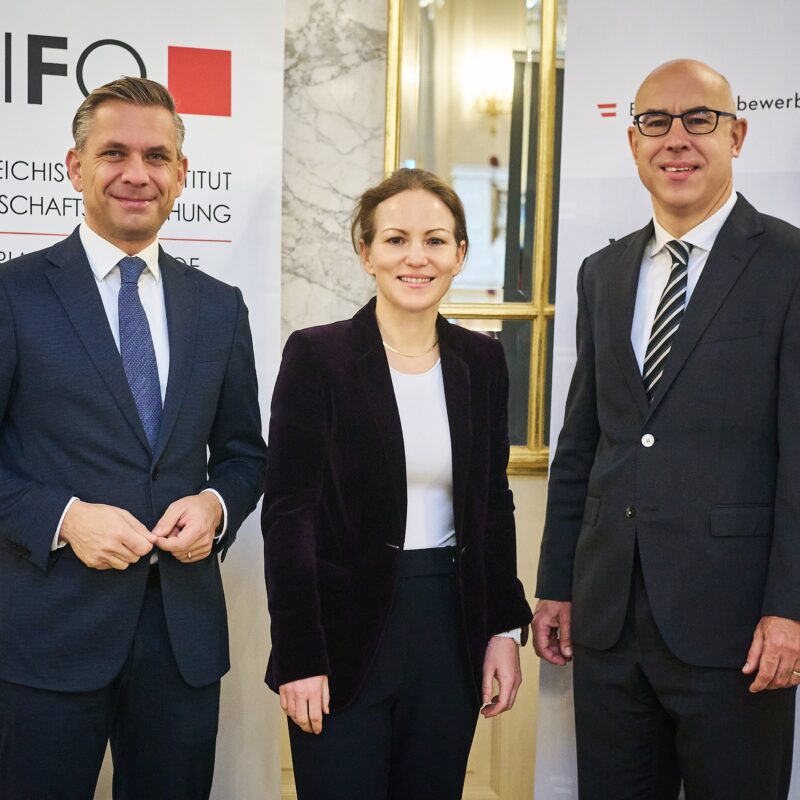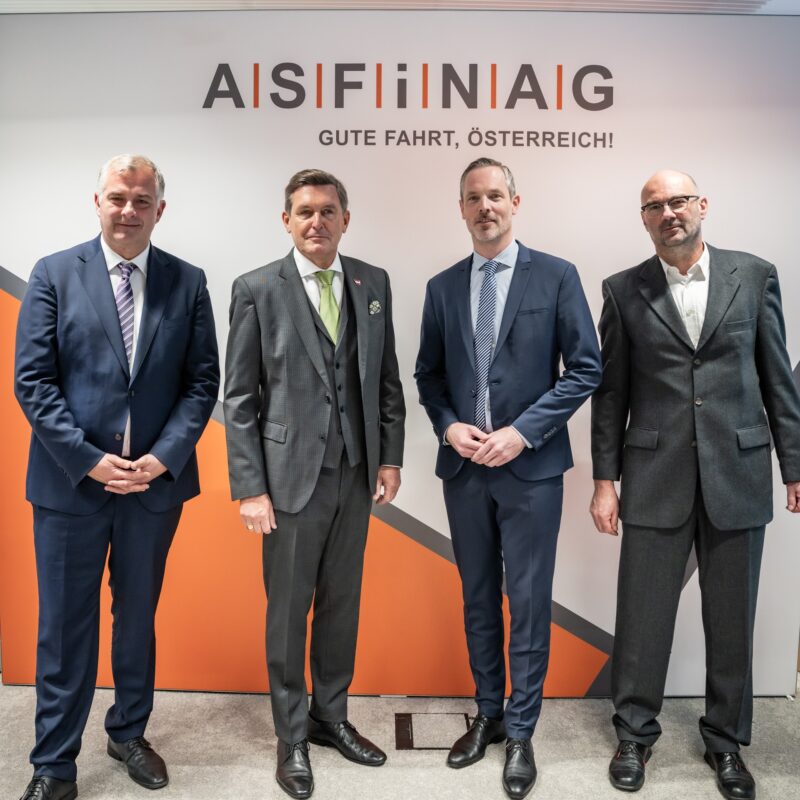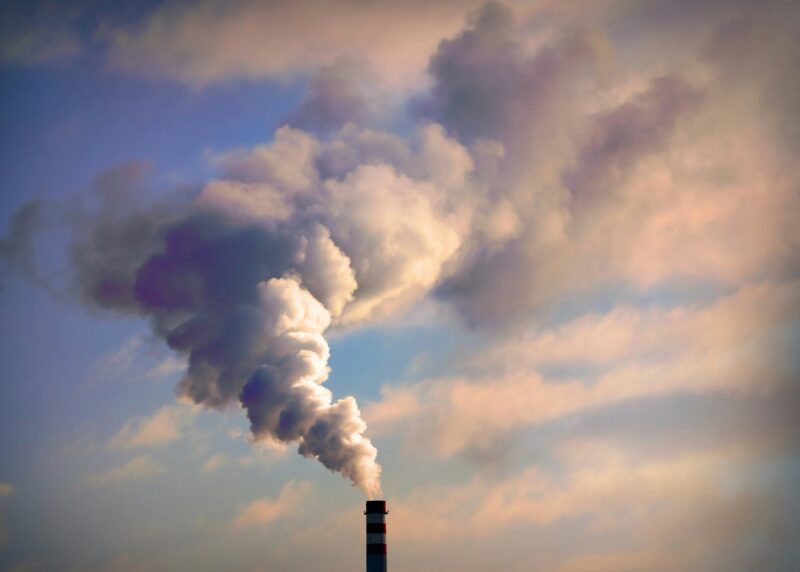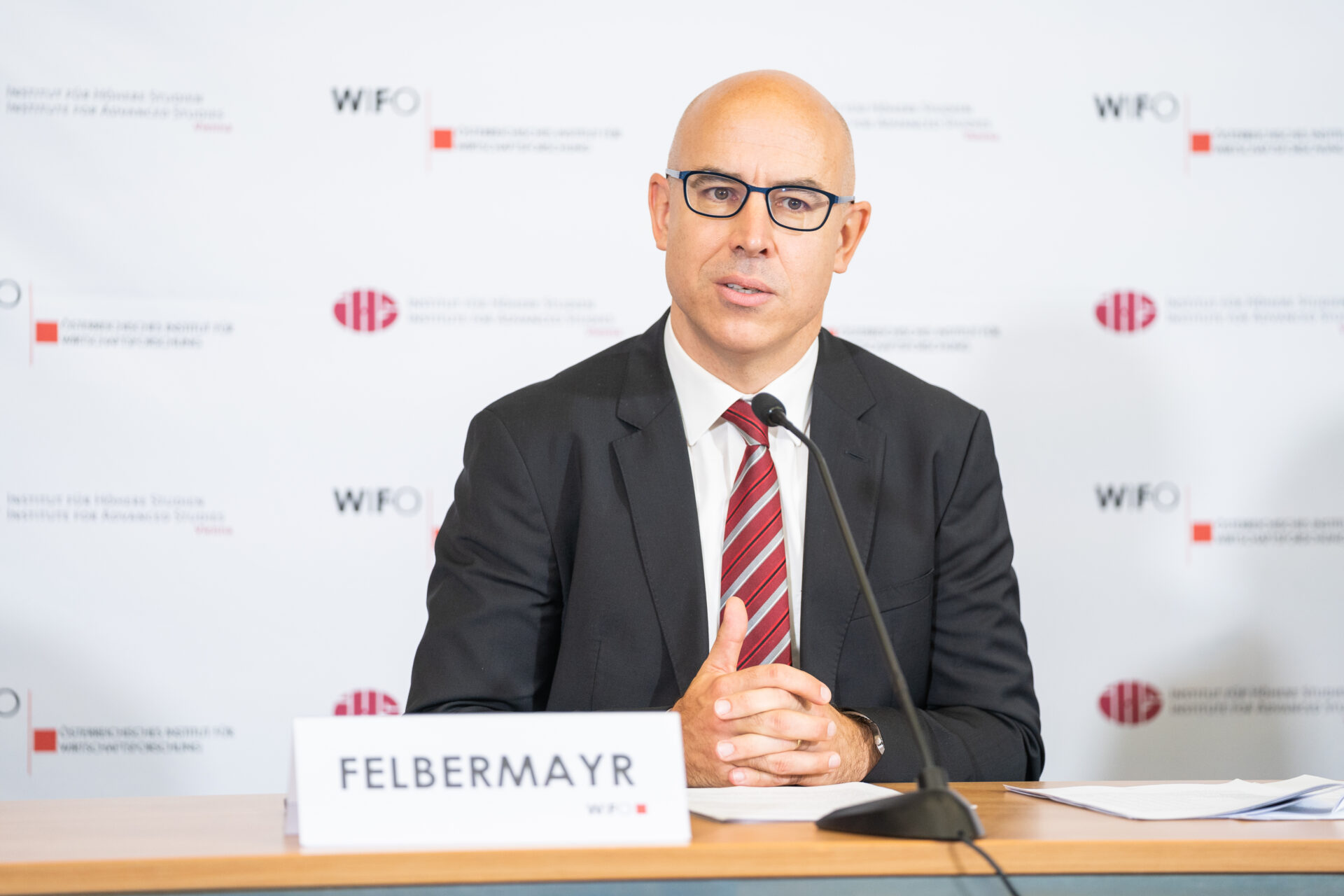
Fourth COVID-19 Wave Slows Strong Upswing
"Although the economic upswing is extremely strong, there are clear sectoral differences. While it is leading to material bottlenecks in the manufacturing sector, many cinema halls and hotels are still almost empty. The fourth COVID‑19 wave further exacerbates this spread", says Stefan Schiman, author of the current WIFO forecast.
Value added in Austria grew significantly in the second quarter 2021, especially in the crisis-hit sectors. However, growth weakened again with the increase in the incidence of infections from August 2021. The renewed COVID‑19 wave will again dampen the catch-up process in certain service sectors in the fourth quarter. The economic upswing is, hence, heterogeneous across sectors, but it is extremely strong overall. The labour market is also recovering rapidly but will suffer a temporary setback from the fourth COVID‑19 wave. At the same time, inflation will continue to accelerate, while monetary policy – in line with the ECB's new strategy – will remain expansionary.
As was the case after the first COVID‑19 wave in spring 2020, Austria experienced a strong rebound in economic output in May 2021, when the lockdown measures were lifted. According to preliminary data, this rebound, which was driven by the crisis-ridden sectors, is likely to have been somewhat stronger than expected. At the same time, the domestic economy had slumped less than feared at the beginning of 2021. WIFO is therefore revising its forecast for 2021 upwards.
However, economic growth is weakening again with the renewed increase in the incidence of infections since mid-August 2021, especially in the food service and accommodation sector. Due to the slow progress in vaccination coverage, the COVID‑19 pandemic will continue to dampen economic activity in the coming winter half-year. Growth should then accelerate again from spring 2022, which is why the GDP forecast for 2022 is lowered only slightly to +4.8 percent. For 2021, the growth rate is raised to +4.4 percent, as the upward revisions in the first half year outweigh the downward revisions in the second half.
On both the supply and demand side, the economic upswing is proceeding very heterogeneously. While the crisis in the manufacturing sector was already overcome by the end of 2020 and the strong momentum there is currently leading to considerable material shortages and price increases, value added in some service sectors could even slip below the previous year's level in 2021. On the demand side, foreign trade in goods and investment, boosted by the investment premium, expanded early and significantly. Private consumption, on the other hand, was hampered by the lockdowns and will therefore grow more hesitantly on an annual basis in 2021.
The labour market has been recovering rapidly since the beginning of 2021. Although the downward trend in seasonally adjusted unemployment is likely to be interrupted in the coming months, year-on-year unemployment will fall in both forecast years.
Economic policy will remain expansionary over the forecast period. This applies above all to monetary policy, as the ECB considers the rise in inflation to be temporary. Fiscal support measures will be gradually withdrawn. The recently presented tax reform is not taken into account in this forecast.
In addition to the future direction of economic policy, possible further price-driving supply shocks on the world markets and the future course of the COVID‑19 pandemic represent important forecast risks. As recent weeks have shown, the incidence of infections can increase rapidly, but it can also decrease abruptly. Accordingly, it is currently difficult to predict how winter tourism, for example, will develop.


